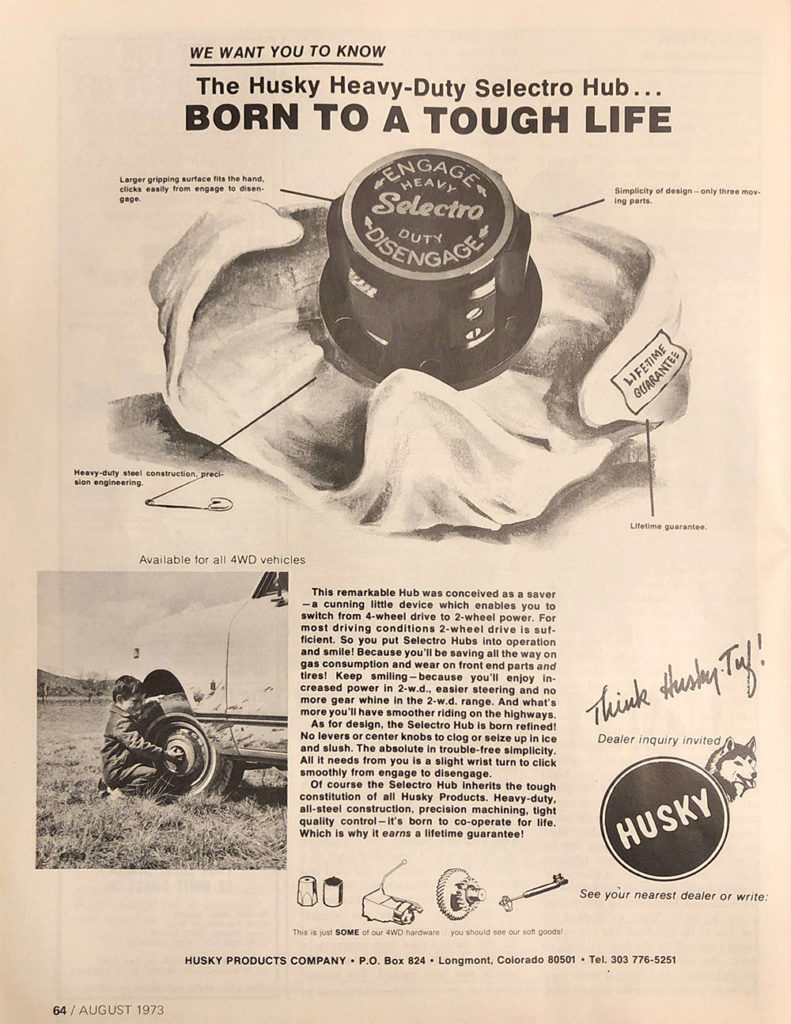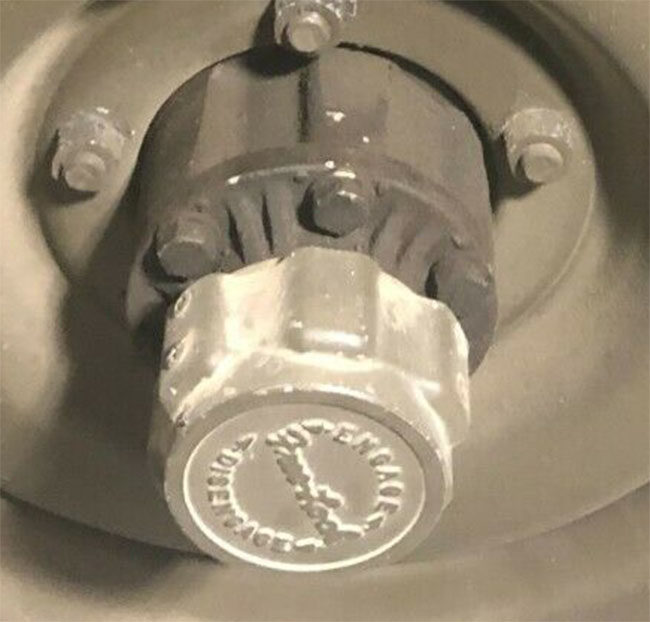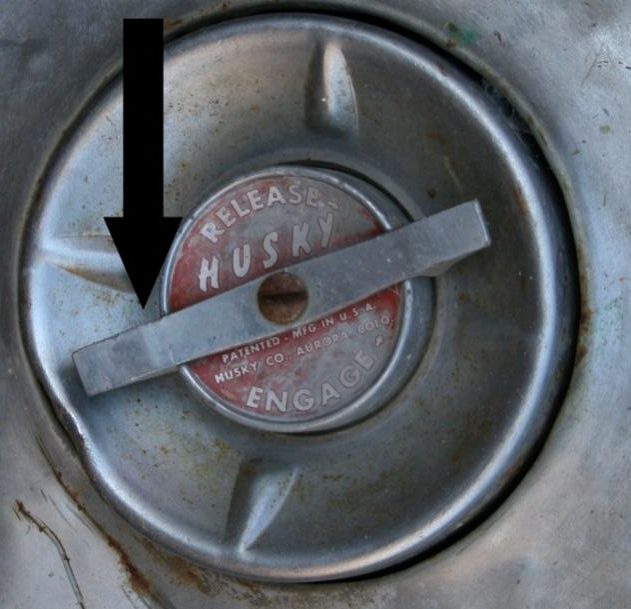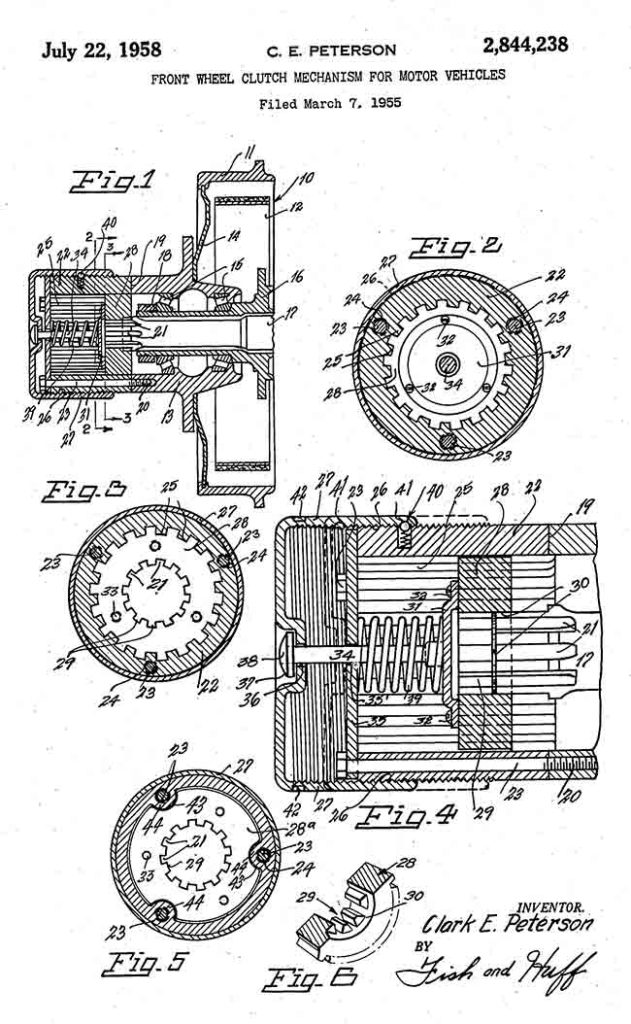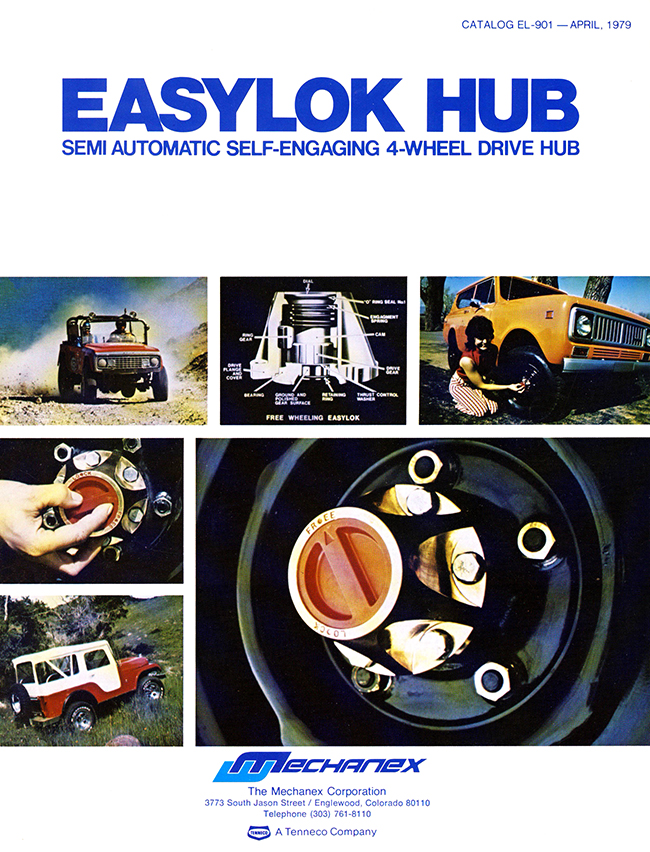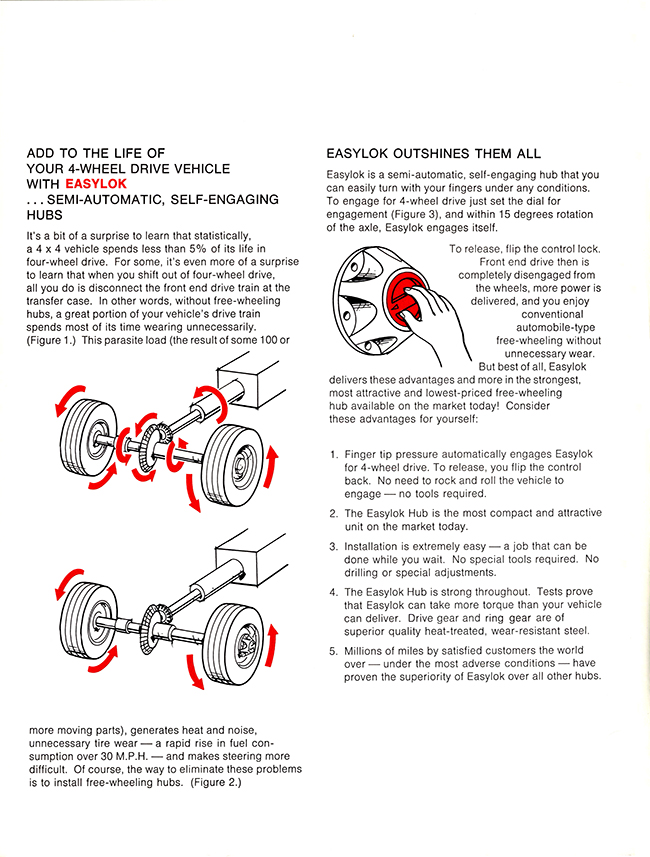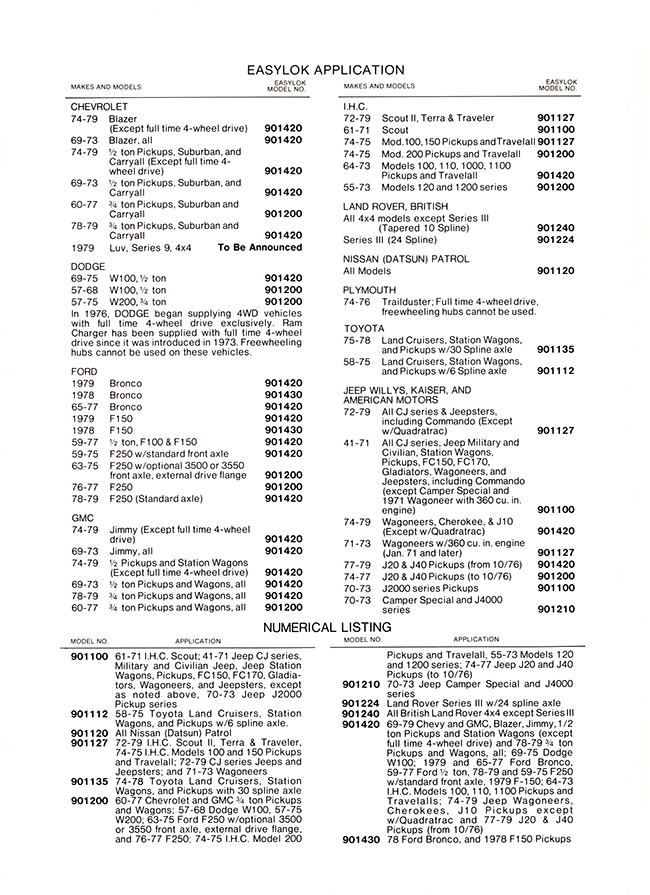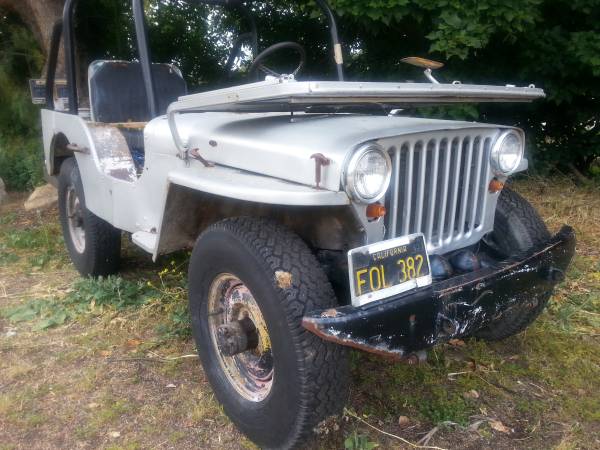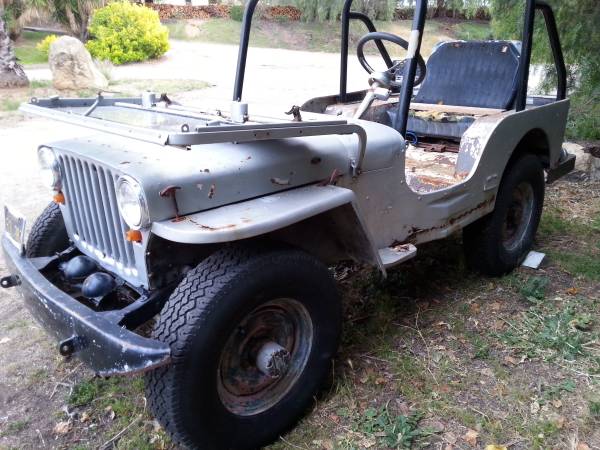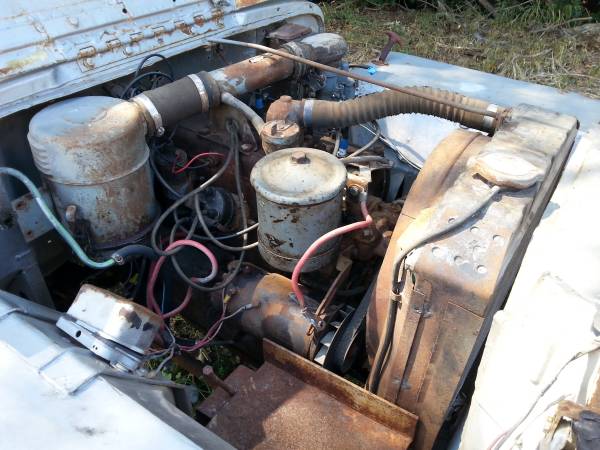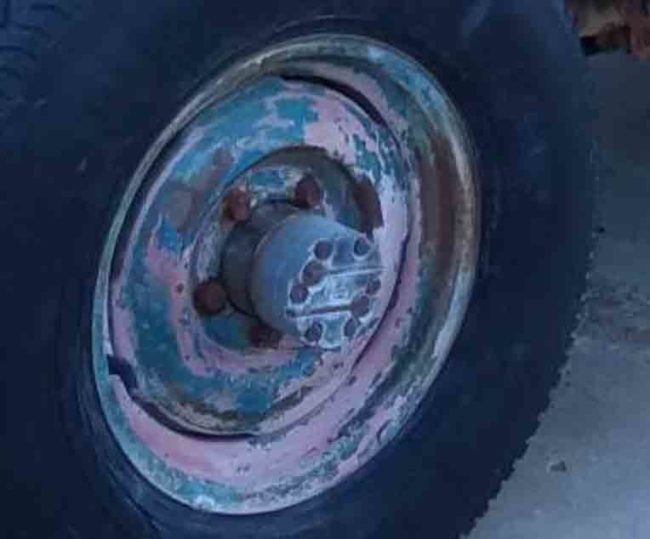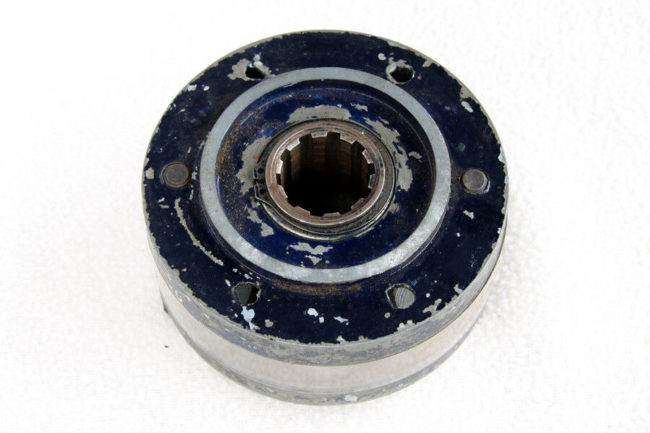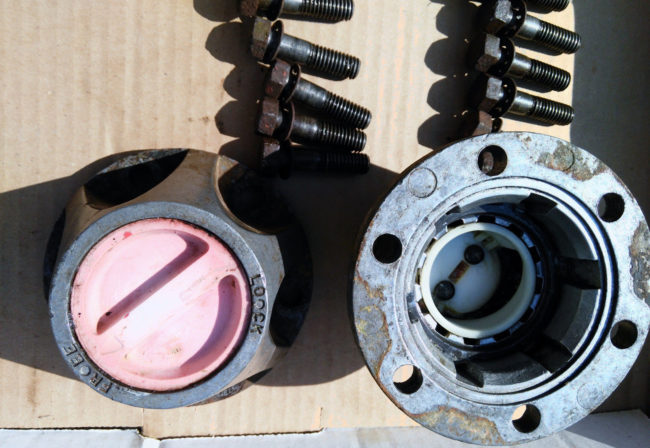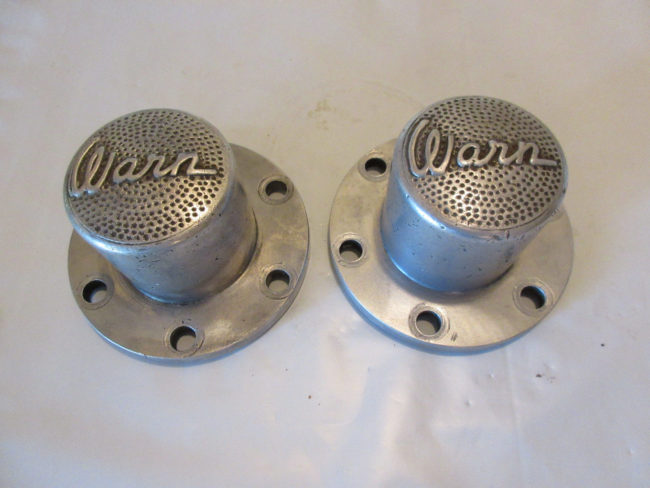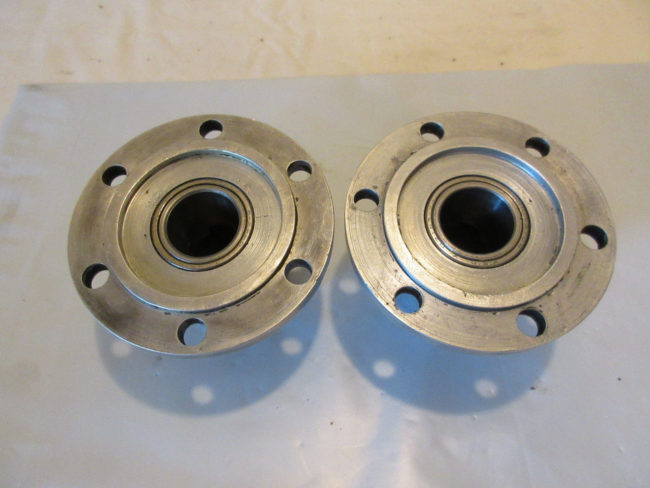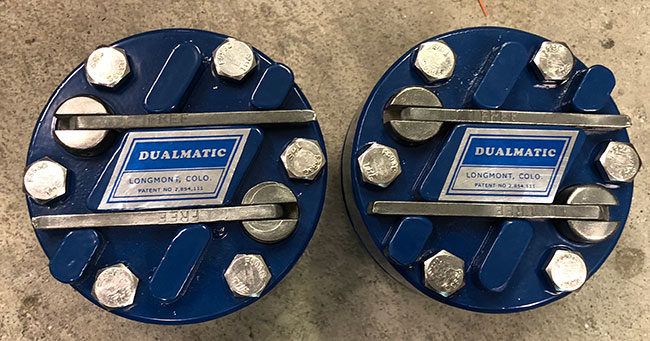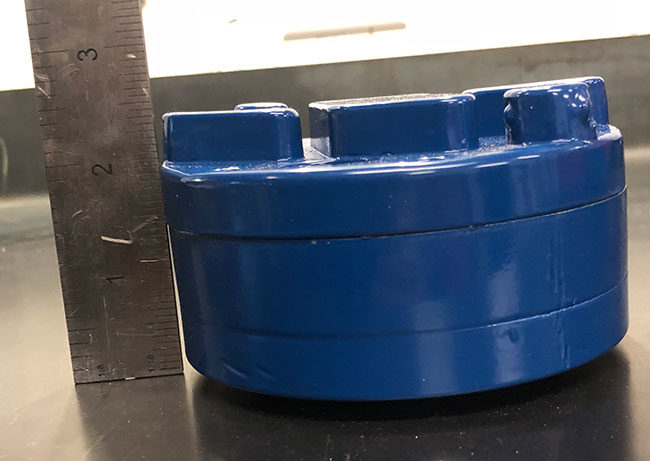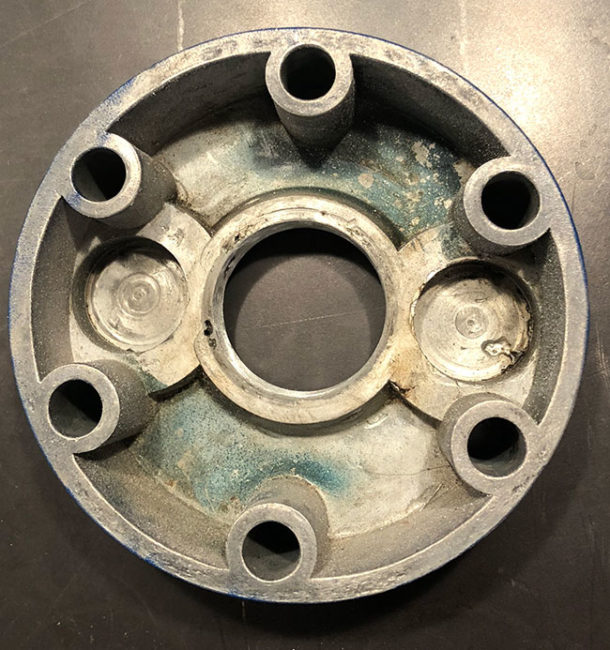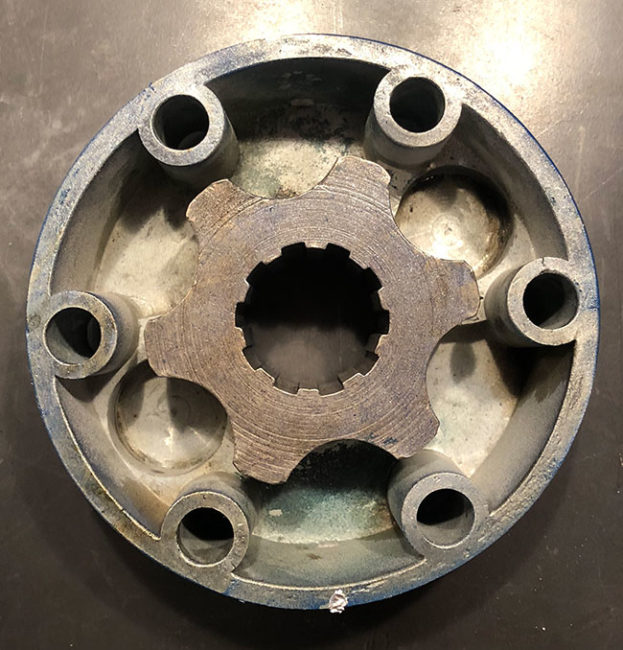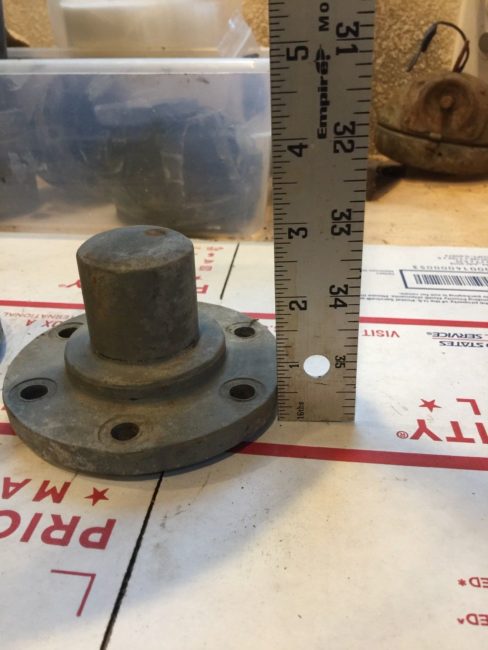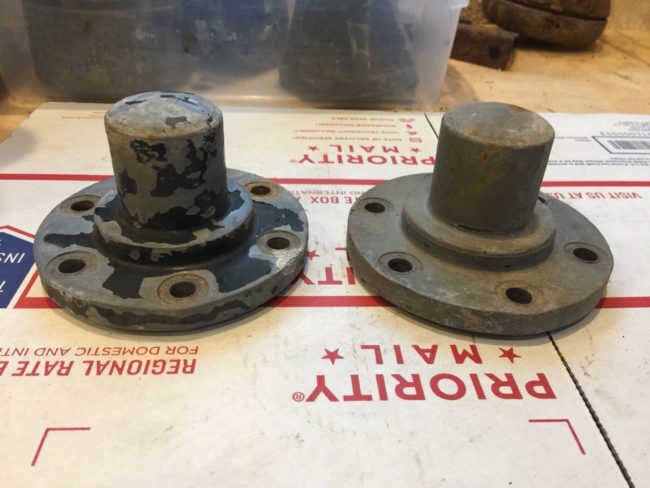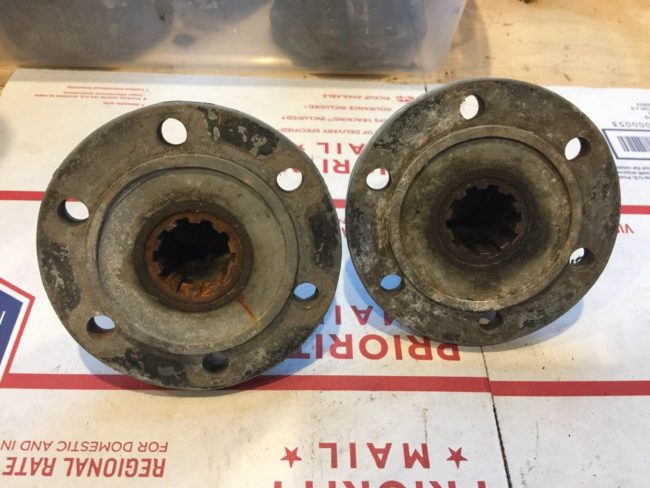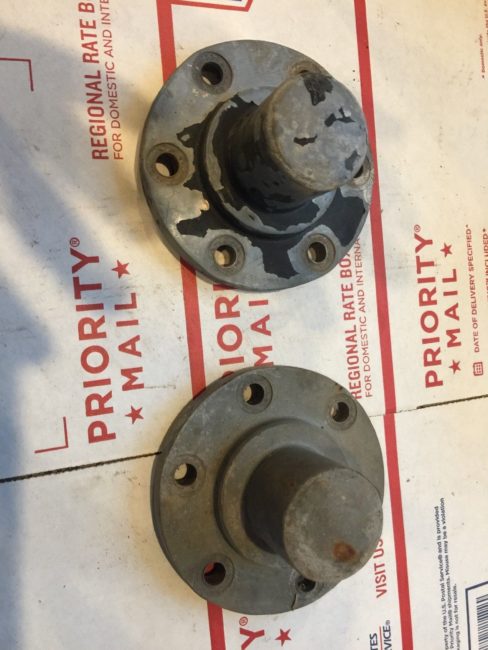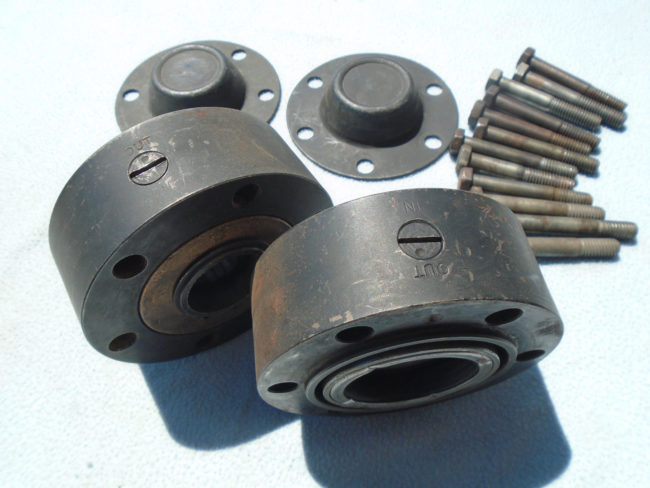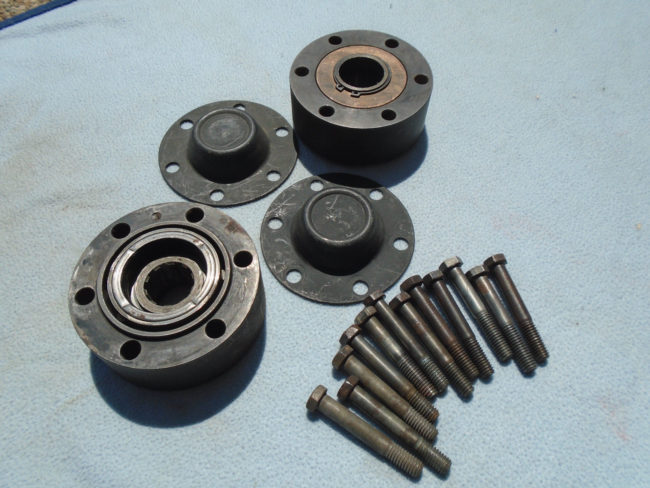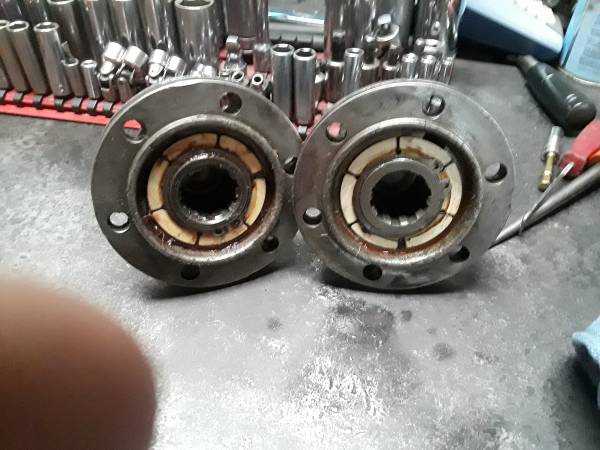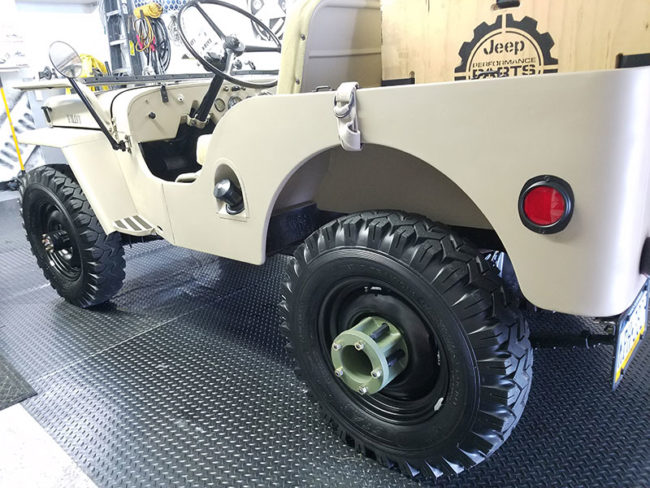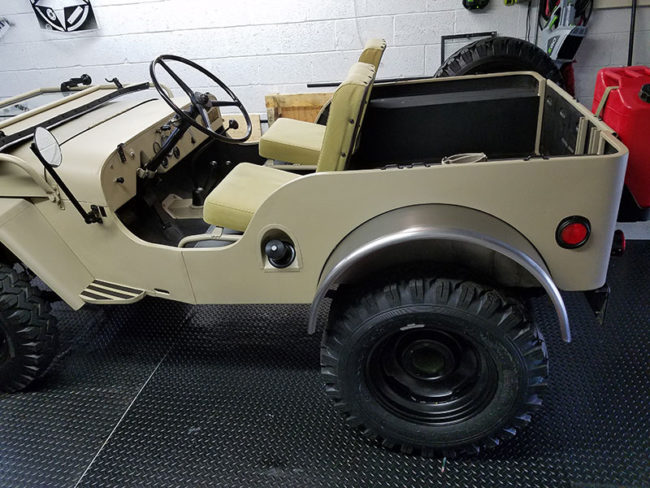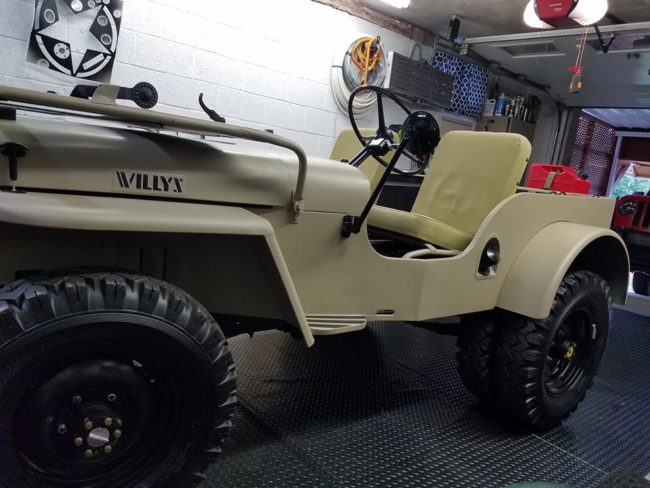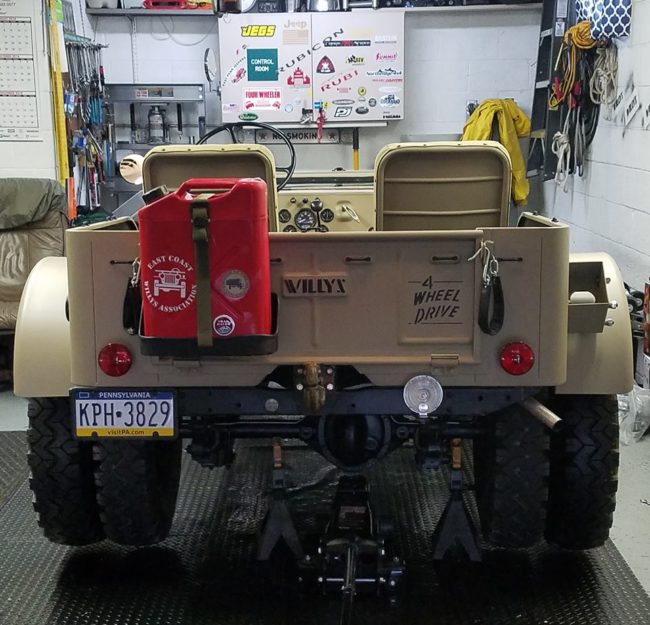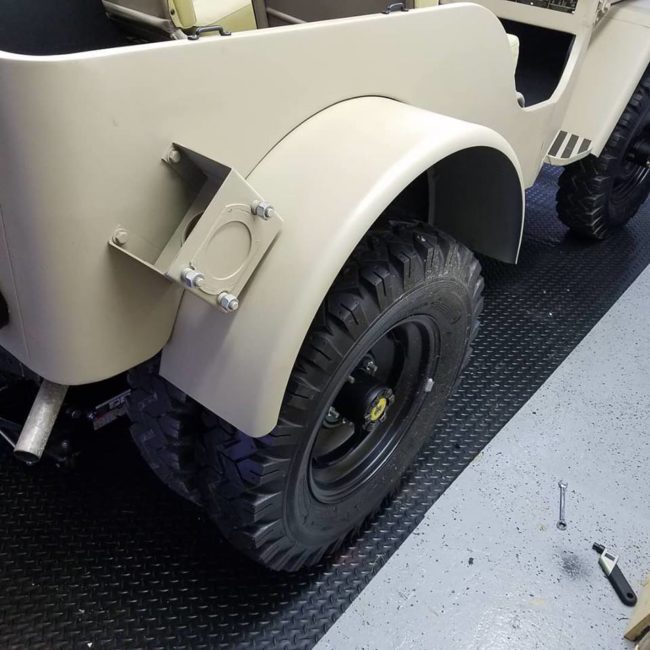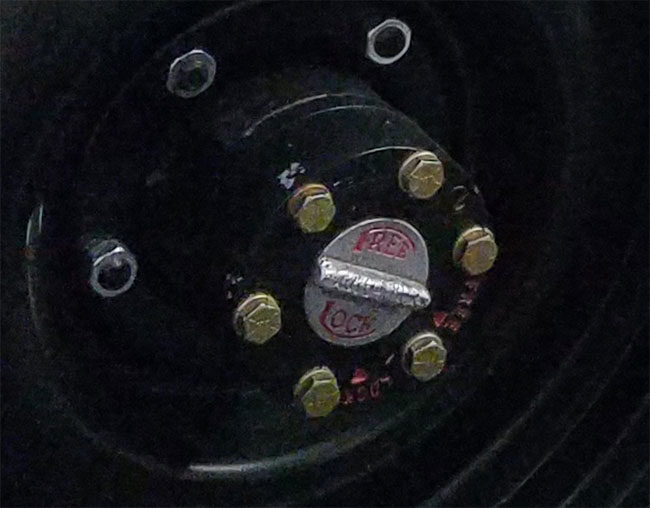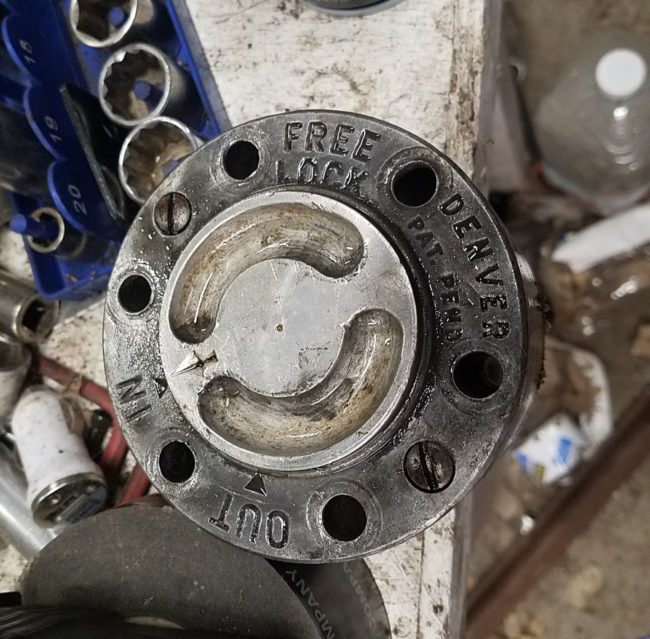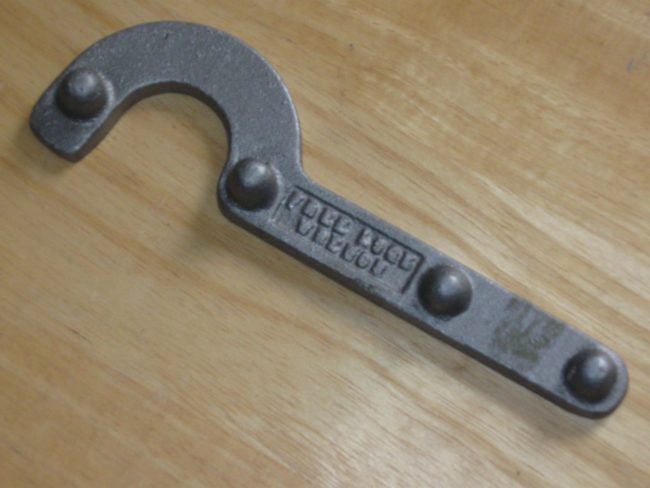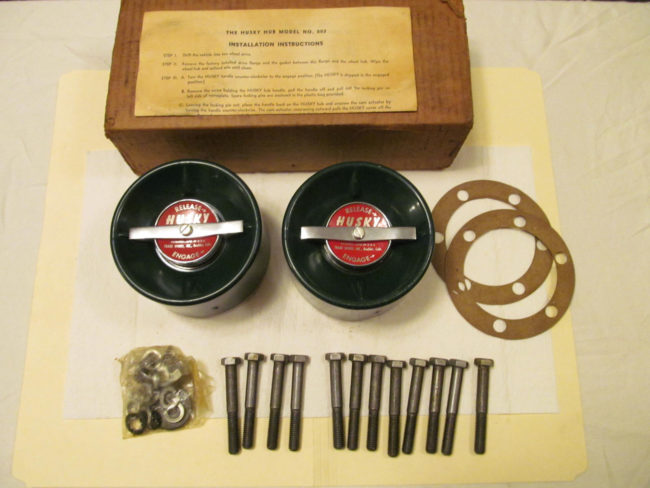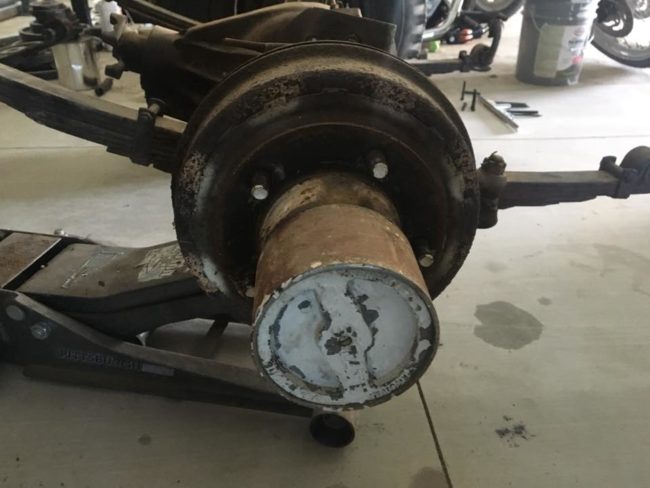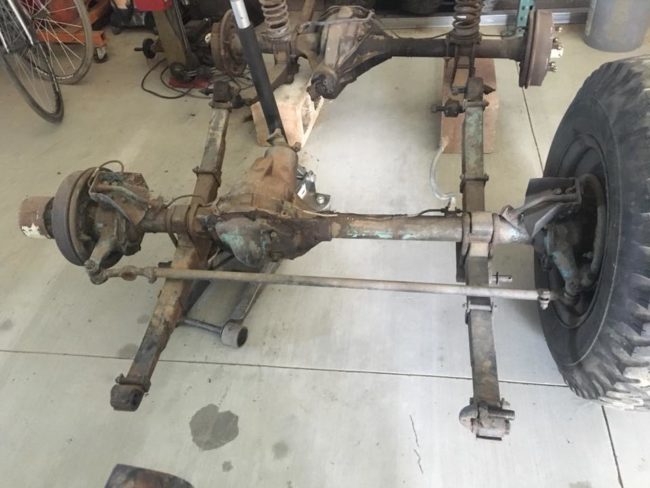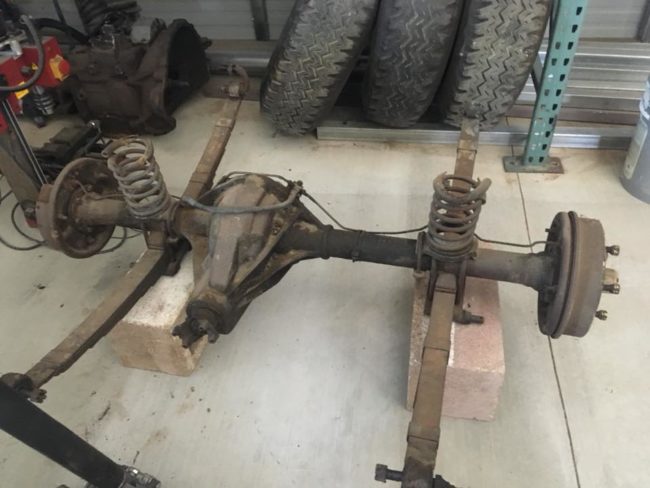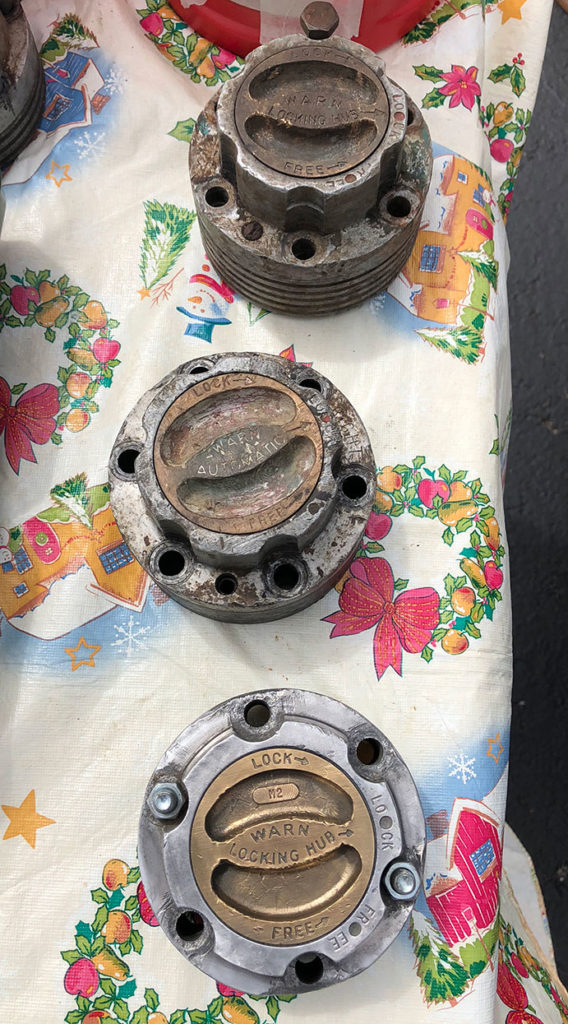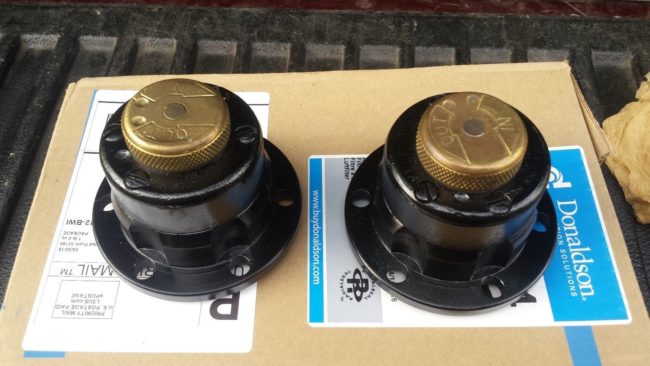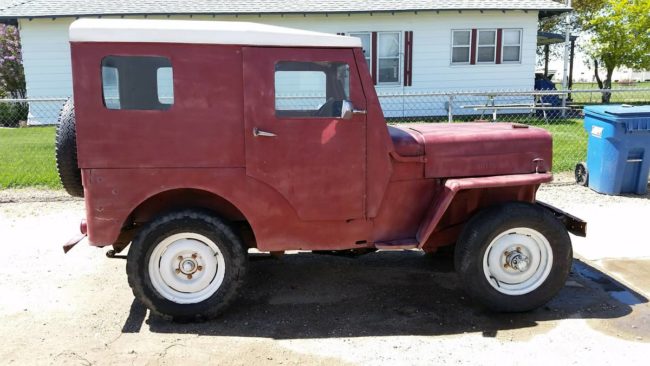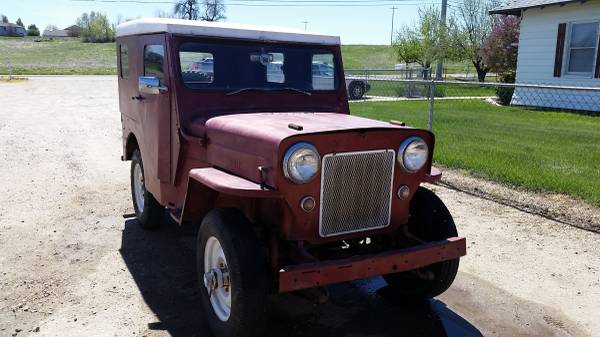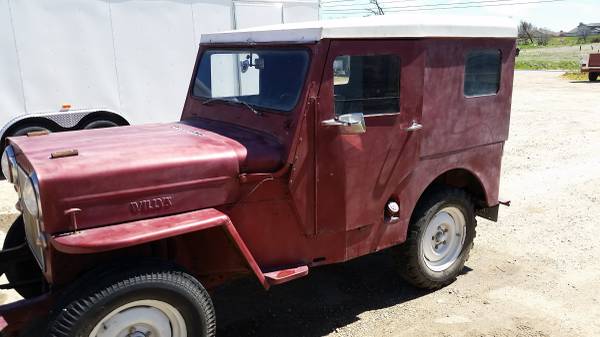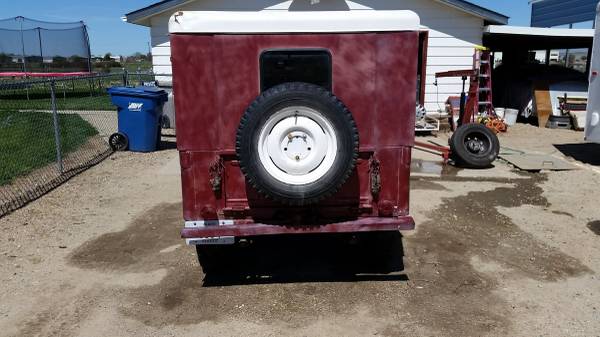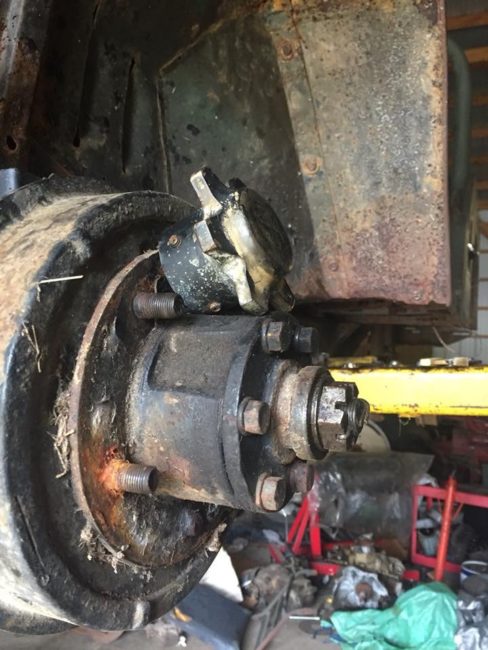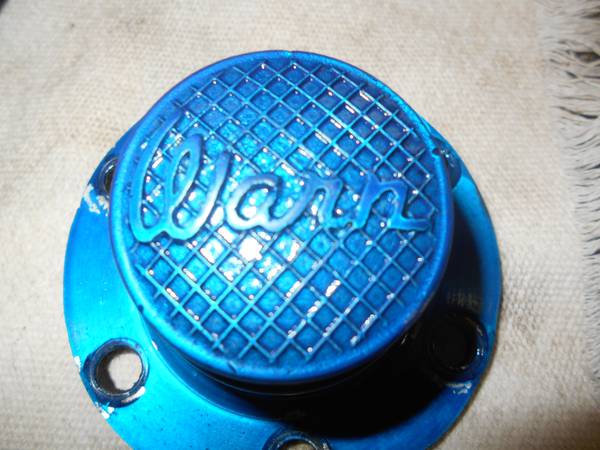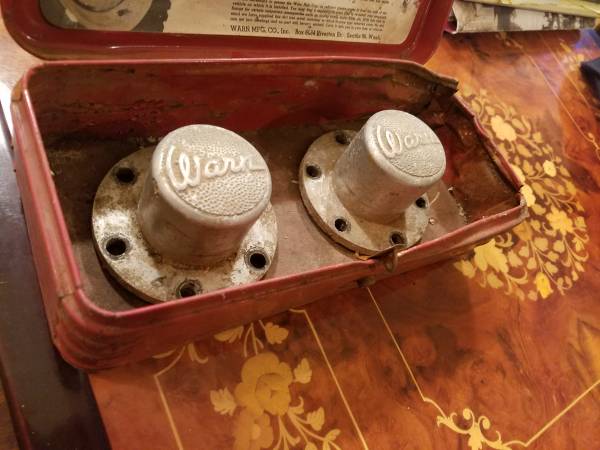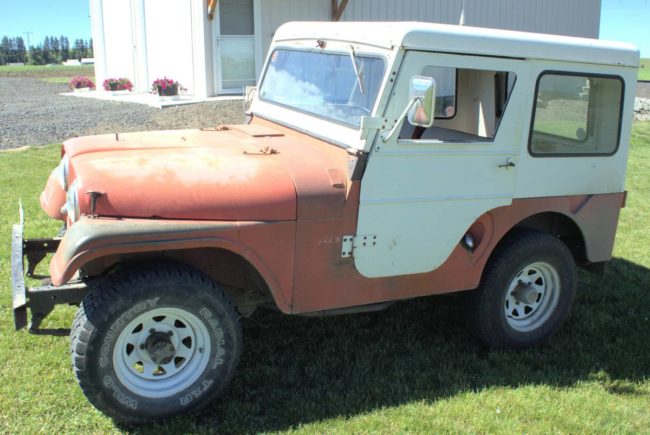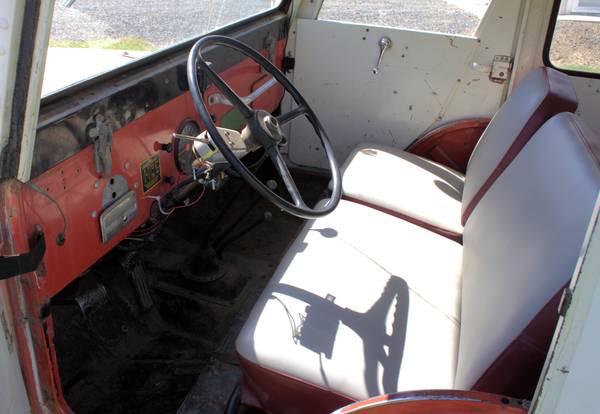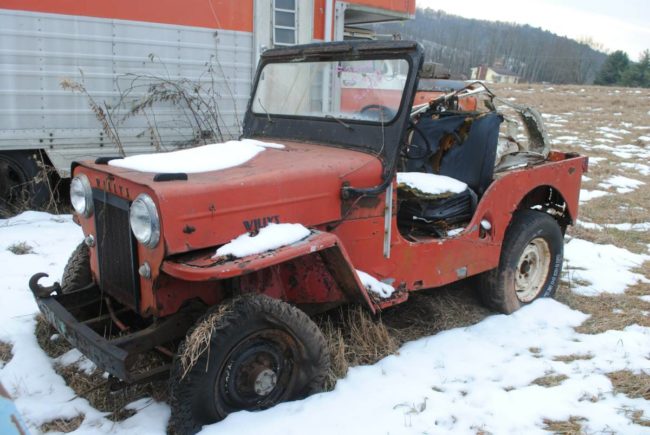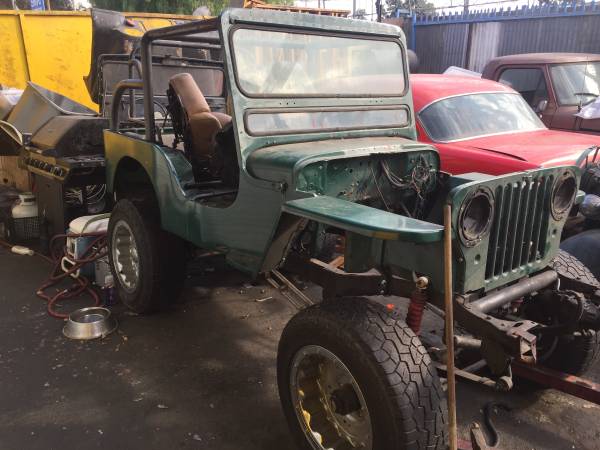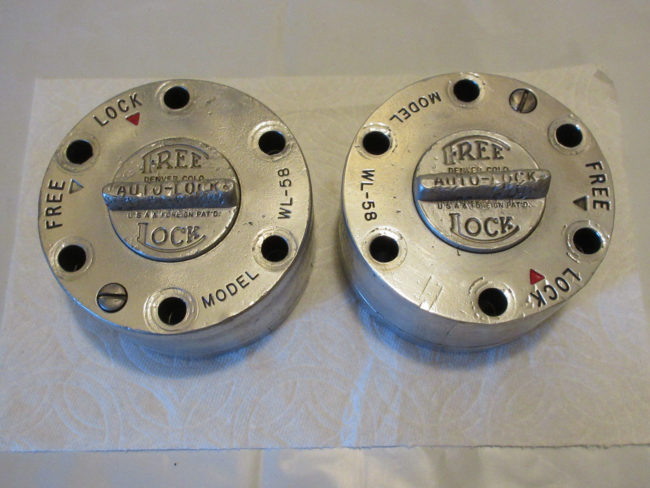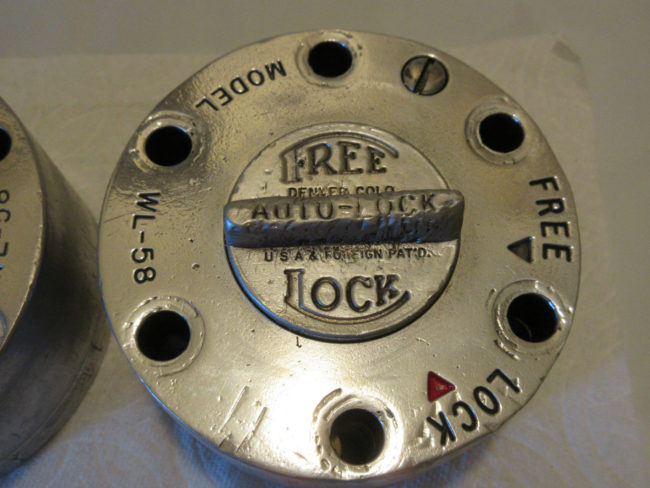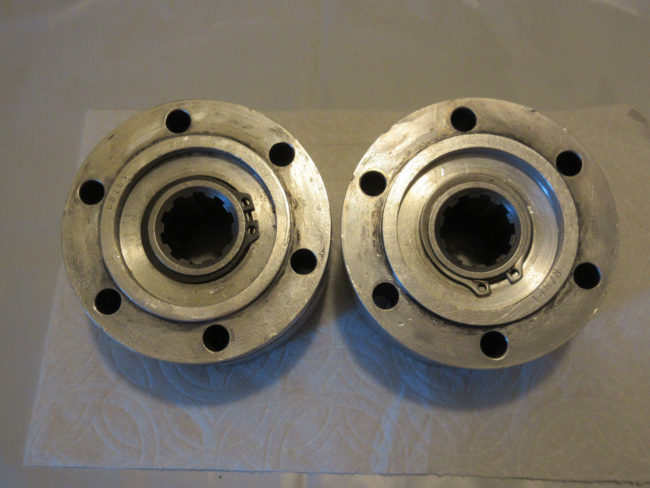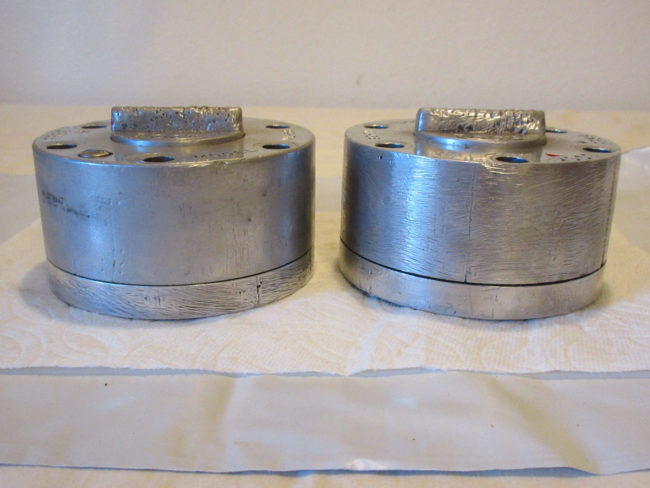UPDATE V: This post has a comparison of Husky hub backsides.
UPDATE IV: With this ad August 1973 ad in Four Wheeler Magazine, Husky seemed to want to make it clear that Selectro hubs were Husky products, even though some Selectro stuff had been marked with Dualmatic references over the years.
This is the first full page ad for hubs that I had seen in years from Husky or Dualmatic. Perhaps they were struggling with a branding issue (seems likely to me), so this was the company’s answer.
==================
UPDATE III: You can find a closer look at the Dualmatic hub-with-levers variations on this post.
UPDATE II: Here’s an example of a more standard Selectro-style hub with the Free-Lock branding. It’s the first example I’ve been able to document. It looks more like the heavy duty kind of Selectro.
======================
UPDATE: For more information on the twin-lever Dualmatic designs, check out this post.
======================
ORIGINALLY PUBLISHED JULY 8, 2019: Once again, this is more a working post than a polished one. And, it’s a long one. It kept growing and growing as I learned more (and became more confused).Of course, I am left with more answers than questions.
Essentially, I’m trying to figure out when Selectro hubs popped onto the 4WD scene, who controlled them, and how they evolved. That led to looking at Husky, Dualmatic, Watson and FreeLock hubs. I don’t have all the answers just yet … here we go …

Map of companies related to Jeep products in the 1950s-1970s. You can learn more about Thor and White Automotive here.and Free-Lock here.
TIMELINE & DiSCUSSION:
1959/1960?: The Husky Company launches it’s line of Husky Hubs out of Aurora, Colorado. This hub one of two pieces of evidence of the Husky Company’s existence in Aurora; it has the Husky Company name and location on it:
A second piece of evidence was uncovered on a document found by Maury; the Husky Company was located originally in Aurora, Colorado.
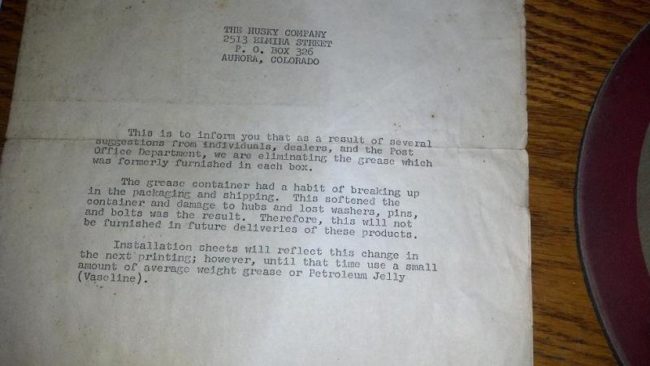
From this website: https://forum.ih8mud.com/threads/early-hub-depository.825602/
Based on the information on the hub, the Husky company already had a patent awarded (not just filed, but awarded). So, which patent was that? My best guess at the moment is that this 1958 patent awarded to Clark Peterson has the most elements in common with the Husky Hub.
Given there were a couple intervening years between the patent (awarded in 1958) and Husky Hub (unclear when it was brought to market, but I’m guessing 1959/1960), it seems possible that the company altered the design before manufacturing it, which could explain the differences between the patent and the finished hub. The biggest reason I think the two are related is that both the patent and the Husky Hub have a narrow bolt down the center, a unique design not seen in another other hubs.
1961: In 1961 a new name was associated with the Husky Hub: Trade Winds, Inc, out of Boulder, Colorado. My best guess is that the Husky Hub company lacked capital, so it turned to Trade Winds (perhaps which bought a controlling stake in the Husky Company?) to re-introduce the Husky Hubs.

